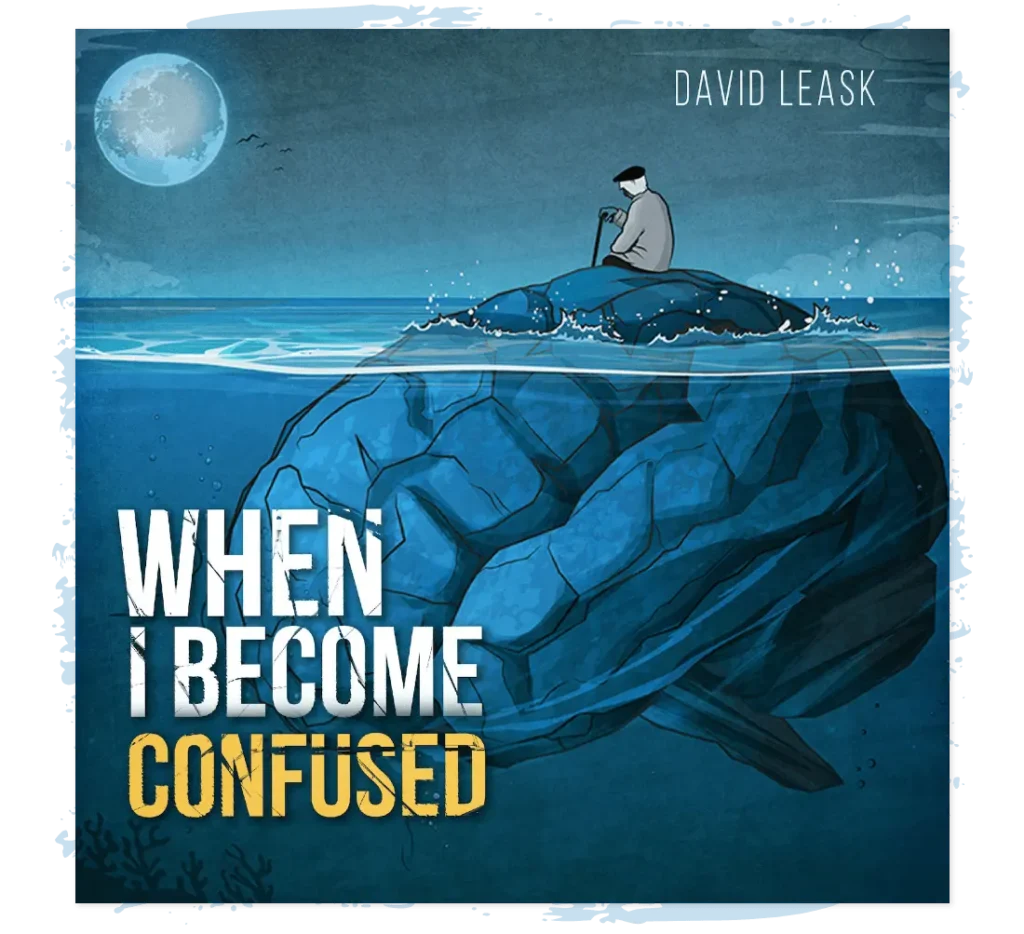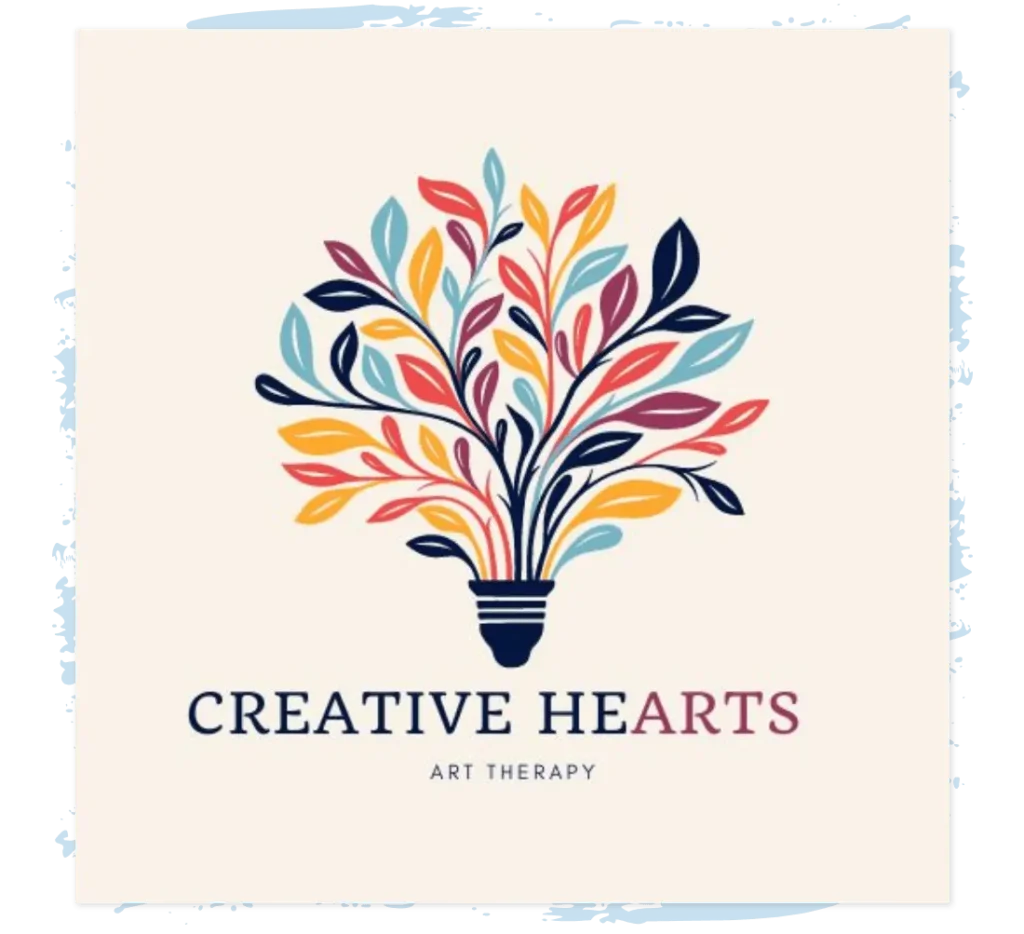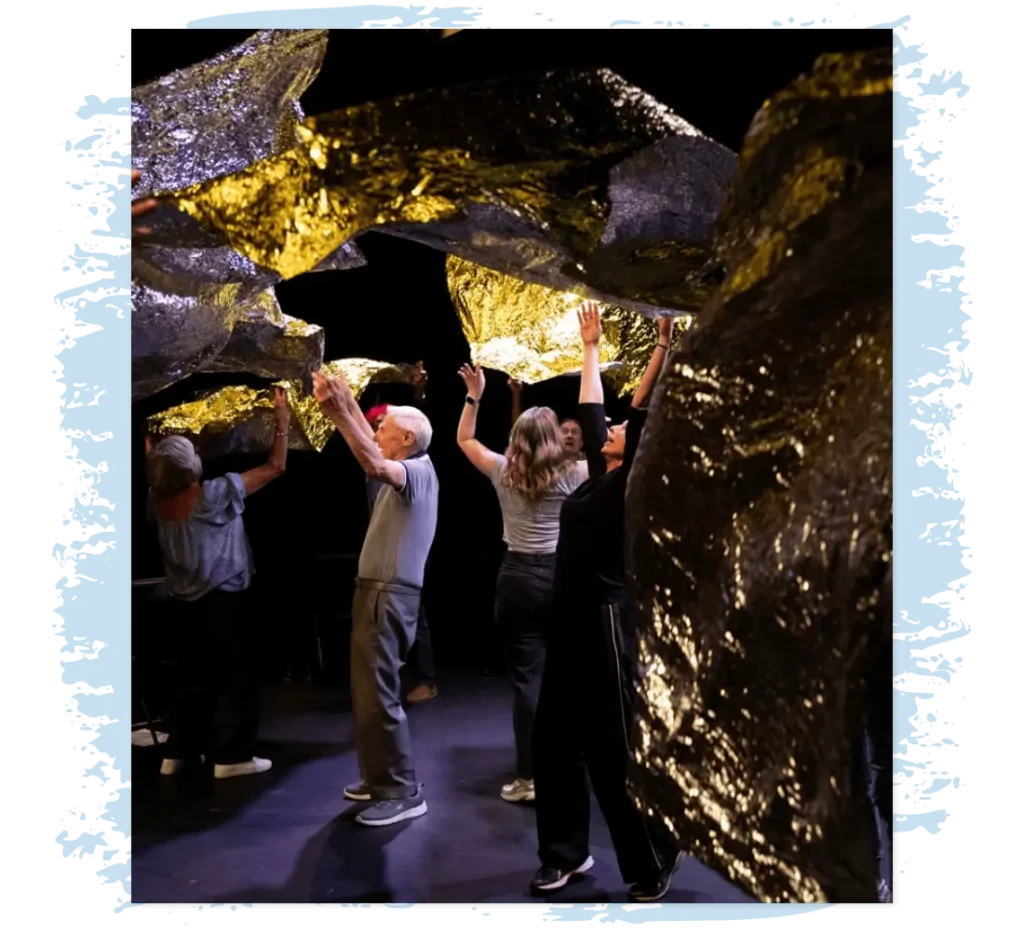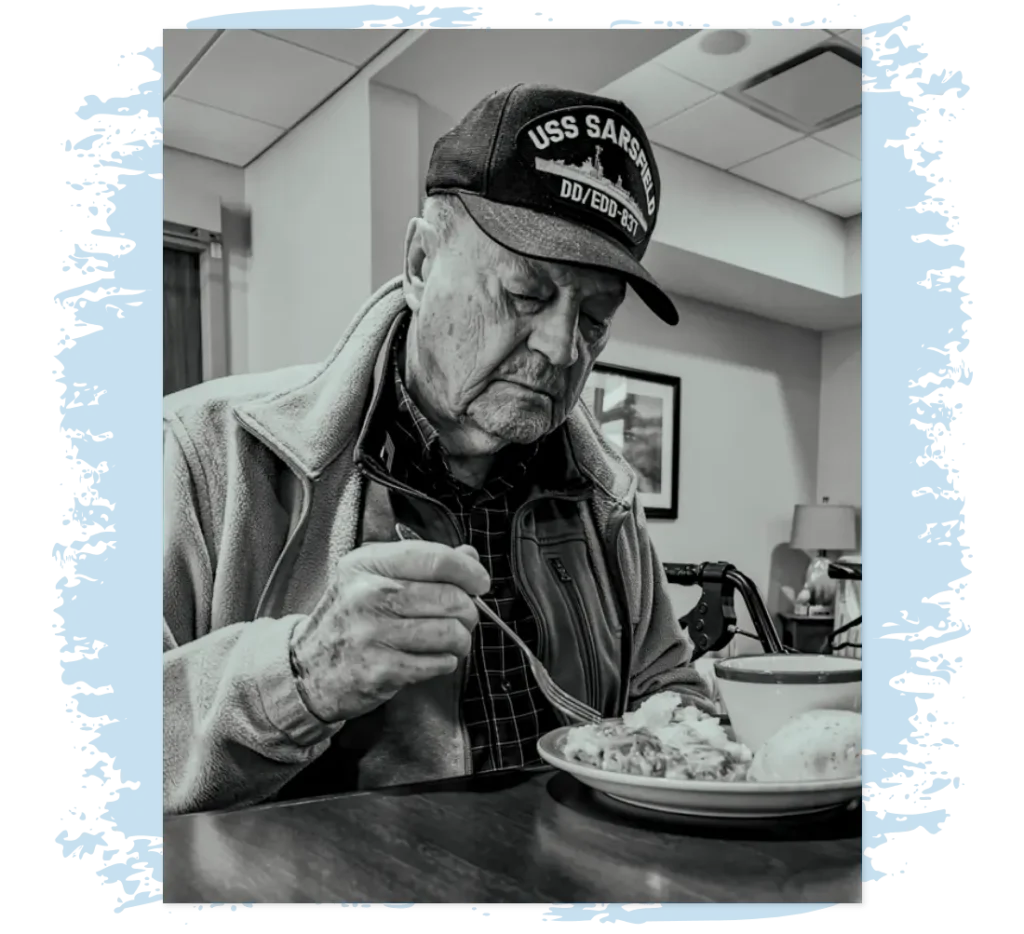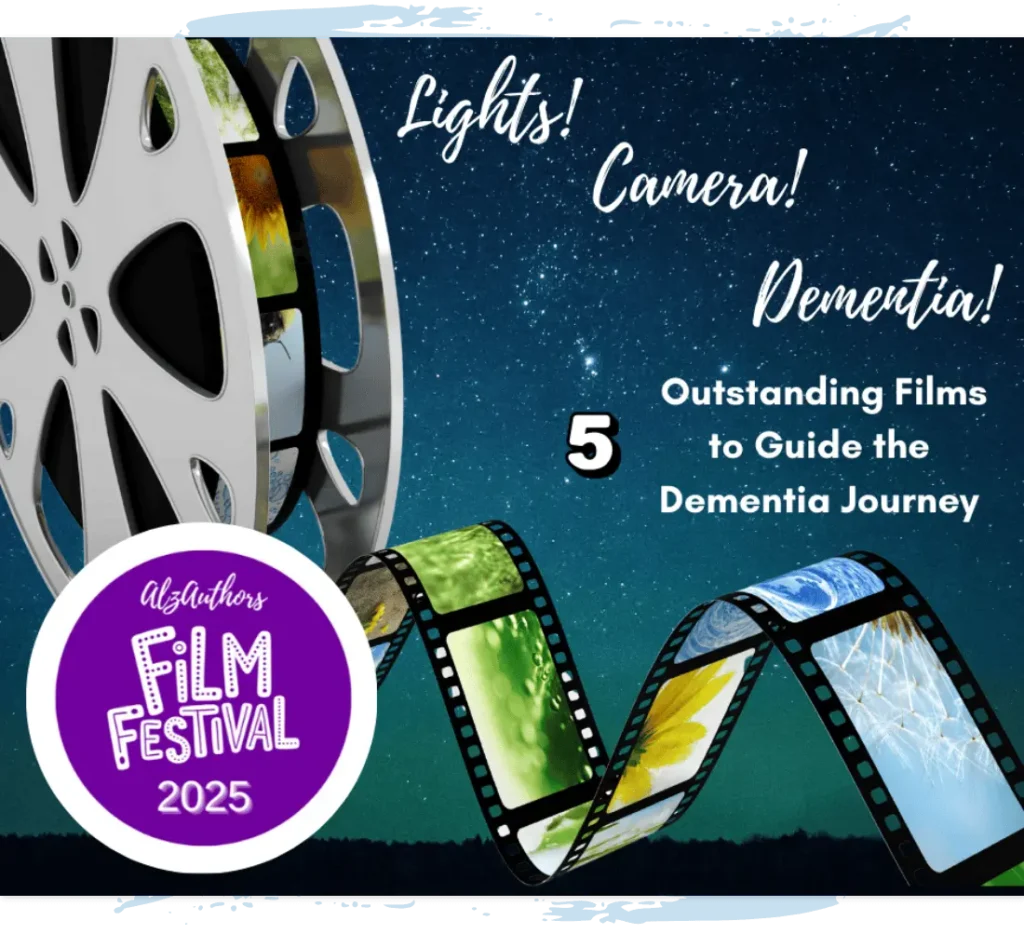What is When I Become Confused and how did it come to be?
When I Become Confused is my new, recently released music single and is accompanied by the release of the beautifully poignant animated video created by artist Paul Willis. (Listen on YouTube and on Soundplate.)
The idea for the song was originally given to me by an old school chum, Rob Keiller, when I was on tour in the United Kingdom. Out of the blue, Rob told me he had written a poem with the title When I Become Confused after his mother, Ada, passed away from Alzheimer’s disease at only 64 years old. I asked him to send me a copy of the poem. At the time, my wife and I were caring for her mother, Ruth, who was dealing with dementia, and the title of the poem and several other lines resonated with me. I was inspired to write the song.
While living with Ruth and watching her as the disease progressed, I became aware of things that helped inform the picture of what it might be like for her. With this creative approach and voice, I hope the song will open audiences to a sense of empathy and understanding for those living with Alzheimer’s disease and dementia—and for those journeying with them.

What initially inspired you to grapple with dementia?
I often say, as a songwriter, I don’t write the song, the song writes me, and that was definitely the case here. I’m grateful to Rob for the title idea, but sometimes you never know how things will unfold.
I was on my return flight to Canada after my UK tour, and I heard a melody in my head for When I Become Confused. When my wife and I returned home, Ruth’s level of care had increased dramatically. I was immediately immersed in a situation that was very timely for me to follow the signals and finish the song.
There is understandably a lot of loss experienced with dementia. However, it is also true that even when someone has memory challenges, they can still be a fountain of great wisdom. Sometimes, a depth of connection becomes possible, not in spite of the disease, but because of it.
How has working on dementia-related art changed you?
As a songwriter, I look at the outer world as well as my inner world and paint musical pictures of what I see. Having worked as a musician in care facilities for over 10 years and having helped care for my mother-in-law, these experiences inevitably fostered a sense of empathy. These are people just like me, only further down the road.
I am blown away by the power of music to connect us and to bring light and comfort into difficult situations. I trust that songs, whatever the subject matter, will take me where I need to go, and, when I surrender to that process, the songs I create have the most to offer others. This song is one of my most emotional, and the recording is a magical moment of authentic, lived experiences.
How has the work been received?
The song has had a powerful impact, as evidenced by the many who have told me they are moved by the words and the music. I had the opportunity to open the Music Care by Room 217 conference last November, which was a conference for carers who use music in their work. I opened the conference with this song, and it had a big impact. One man came up to me afterward and told me it made him cry by the second line, “the bridge between synapses collapses and words fall through,” as he recognized himself and his wife, having been a carer for her as she has been living with dementia. The song has had a powerful impact.
This work is dedicated to: The song was inspired by being with my mother-in-law, Ruth, through her journey, so she is a big part of it. Rob Keillor’s original idea, written about his own mother, Ada, was the beautiful spark that set the idea alight, so she is in there, too. Also, since the song was written, both my parents in Scotland are now battling Alzheimer’s disease/dementia, so the song is dedicated to all of them. In a way, it is a tribute to everyone dealing with this unfolding struggle and who needs to be held, but also a tribute to the role of music in connecting people, to reach across the fog and meet in a musical place.
Find more from David Leask on his website, Sleeve, Facebook, Instagram, YouTube, and X. You’ll find David performing the song at the Alzheimer’s Society Run on May 24 in Mississauga, Ontario, and throughout Canada with updates on his website.

